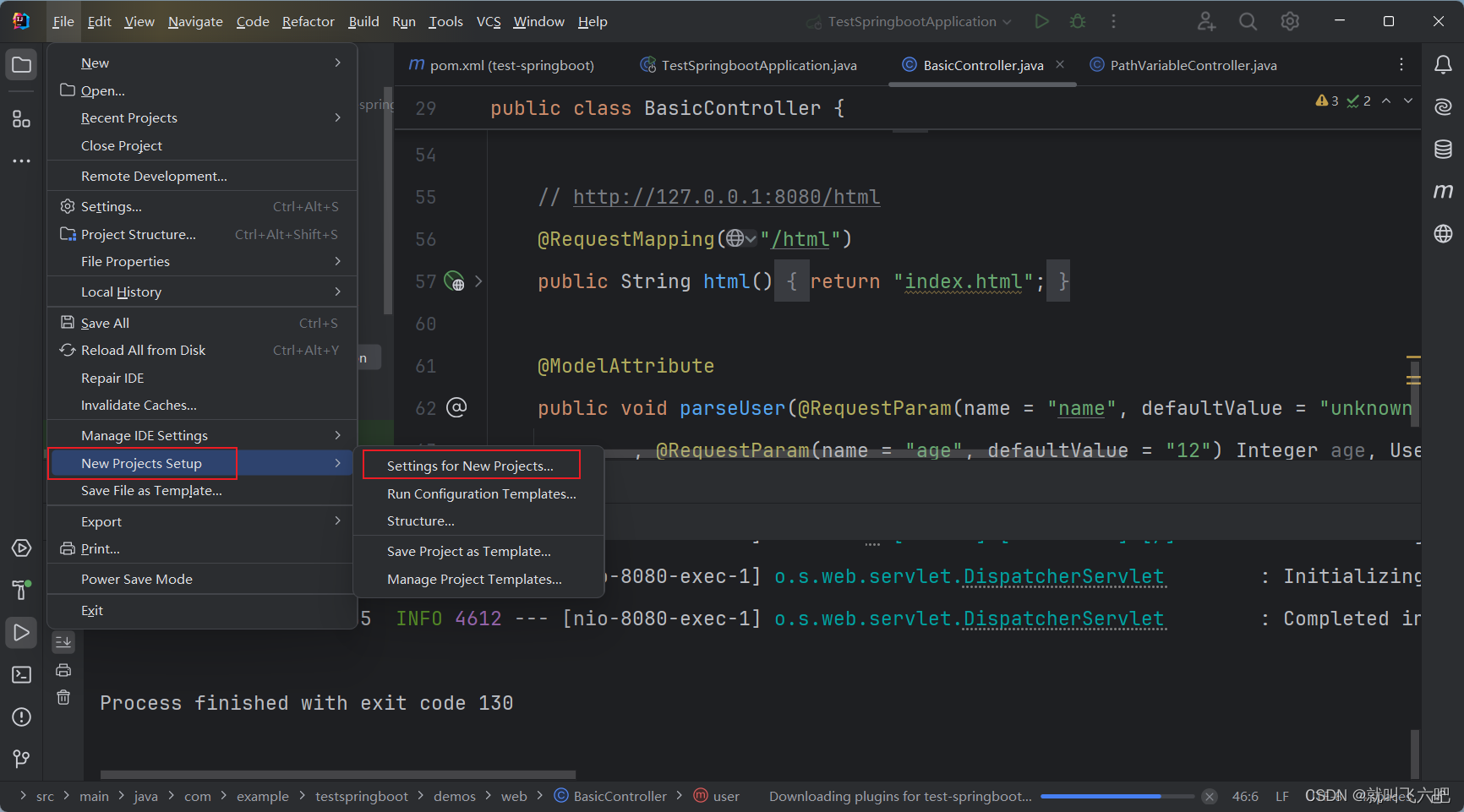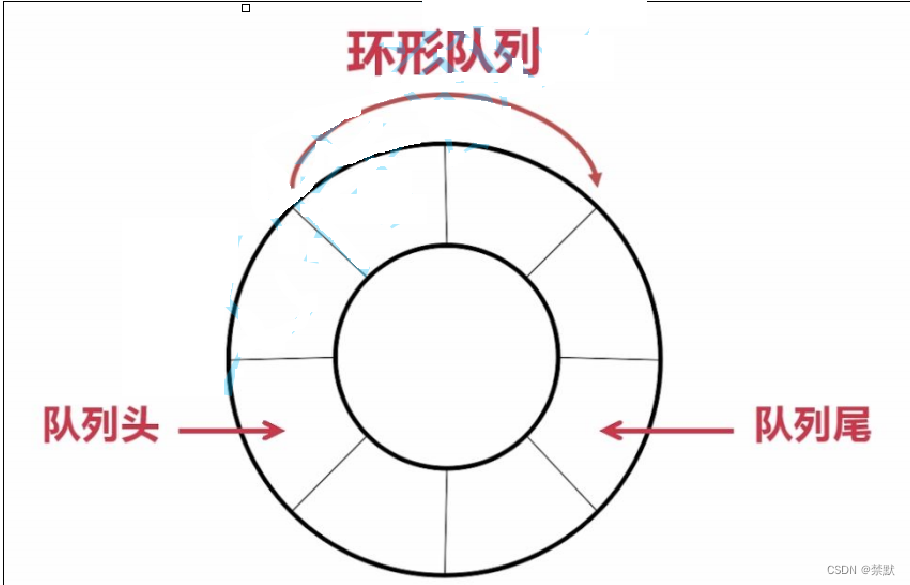100323. 优质数对的总数 I
原题链接
100323. 优质数对的总数 I
思路分析
签到题
AC代码
class Solution:
def numberOfPairs(self, nums1: List[int], nums2: List[int], k: int) -> int:
n, m = len(nums1), len(nums2)
ret = 0
for i in range(n):
for j in range(m):
if nums1[i] % (nums2[j] * k) == 0:
ret += 1
return ret100326. 压缩字符串 III
原题链接
100326. 压缩字符串 III
思路分析
一次遍历模拟即可
时间复杂度O(n)
AC代码
class Solution:
def compressedString(self, word: str) -> str:
n = len(word)
i = 0
ret = []
while i < n:
j = i
while j < n and j - i < 9 and word[i] == word[j]:
j += 1
ret.append(str(j - i) + str(word[i]))
i = j
return "".join(ret)
100321. 优质数对的总数 II
原题链接
100321. 优质数对的总数 II
思路分析
用nums2 * k 得到的新数集合去给自己的倍数累加贡献,最后求和即可
时间复杂度就是经典的调和级数乘个n
时间复杂度:O()
AC代码
class Solution:
def numberOfPairs(self, nums1: List[int], nums2: List[int], k: int) -> int:
cnt1, cnt2 = Counter(), Counter([x * k for x in nums2])
n = max(nums1)
for x, c in cnt2.items():
t = x
while t <= n:
cnt1[t] += c
t += x
return sum(cnt1[x] for x in nums1)100306. 不包含相邻元素的子序列的最大和
原题链接
不包含相邻元素的子序列的最大和 - 力扣 (LeetCode) 竞赛
思路分析
和昨晚T4一样的套路。。
不过由于这里要求子序列不相邻,我们考虑维护四个值
ma 左右端点都不包含的最大子序列和
lma 左端点没限制,右端点不包含的最大子序列和
rma 右端点没限制,左端点一定不包含的最大子序列和
lrma 左右端点都没限制的最大子序列和
然后我们只需实现单点修改和递归建树
每次修改后,根节点的lrma即为答案
单点修改的逻辑见代码
时间复杂度O(nlogn)
AC代码
using i64 = long long;
const int N = 5e4 + 10, mod = 1e9 + 7;
struct node {
int l, r;
i64 ma, lma, rma, lrma;
} tr[N << 2];
void pushup (node& t, node& l, node& r) {
t.ma = max(l.rma + r.ma, l.ma + r.lma);
t.lma = max(l.lma + r.lma, l.lrma + r.ma);
t.rma = max(l.rma + r.rma, l.ma + r.lrma);
t.lrma = max(l.lrma + r.rma, l.lma + r.lrma);
}
#define lc p << 1
#define rc p << 1 | 1
void build (int p, int l, int r, vector<int>& a) {
tr[p] = { l, r };
if (l == r) {
tr[p] = { l, l, 0, 0, 0, max(a[l - 1], 0) };
return;
}
int mid = l + r >> 1;
build(lc, l, mid, a), build(rc, mid + 1, r, a);
pushup(tr[p], tr[lc], tr[rc]);
}
void update (int p, int x, int v) {
if (tr[p].l == x && tr[p].r == x) {
tr[p] = { x, x, 0, 0, 0, max(0, v) };
return;
}
int mid = tr[p].l + tr[p].r >> 1;
if (x <= mid) update(lc, x, v);
else update(rc, x, v);
pushup(tr[p], tr[lc], tr[rc]);
}
#undef lc
#undef rc
class Solution {
public:
int maximumSumSubsequence(vector<int>& nums, vector<vector<int>>& queries) {
int n = nums.size();
build(1, 1, n, nums);
i64 res = 0;
for (auto& v : queries) {
update(1, v[0] + 1, v[1]);
res = (res + tr[1].lrma) % mod;
}
return res;
}
};
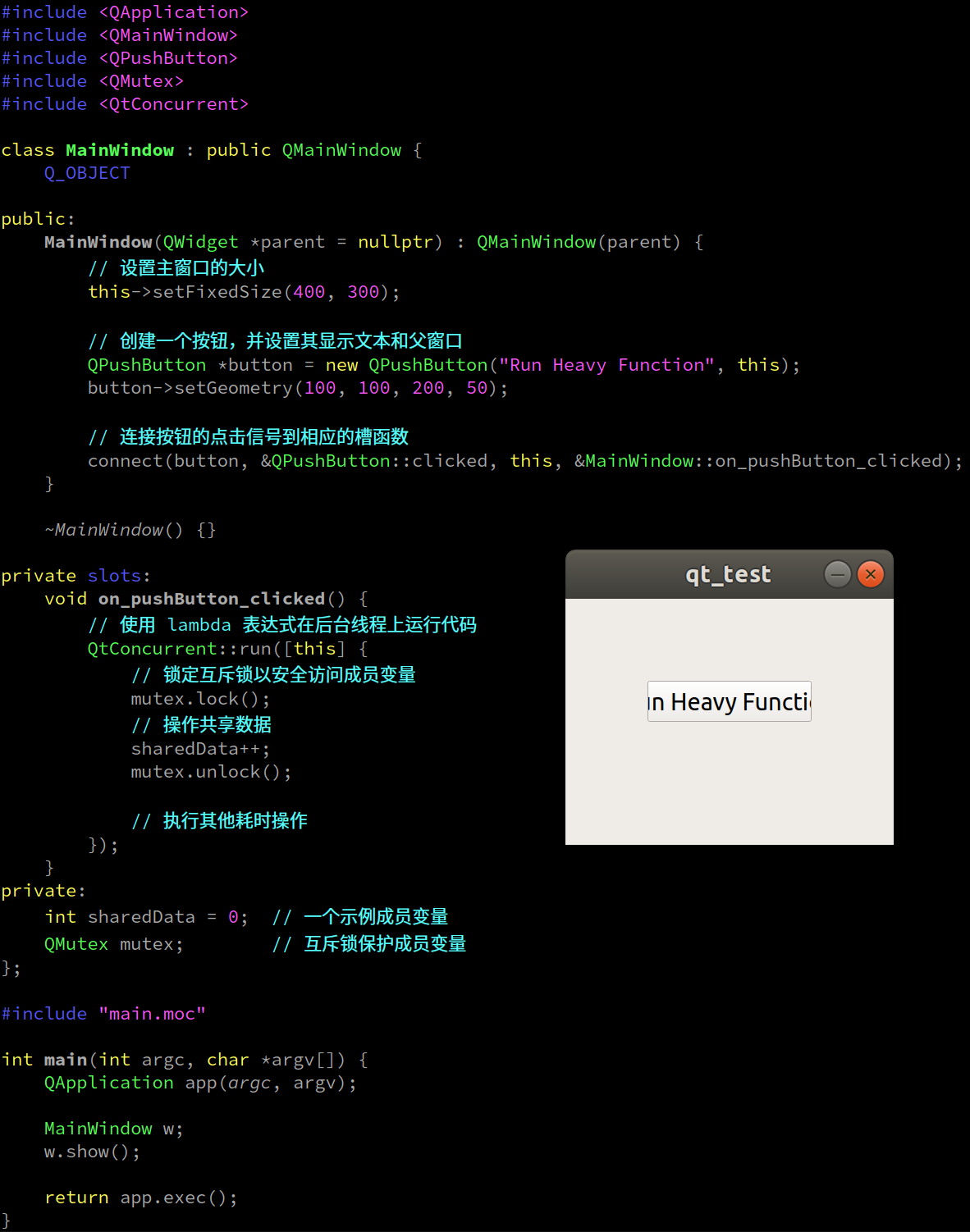
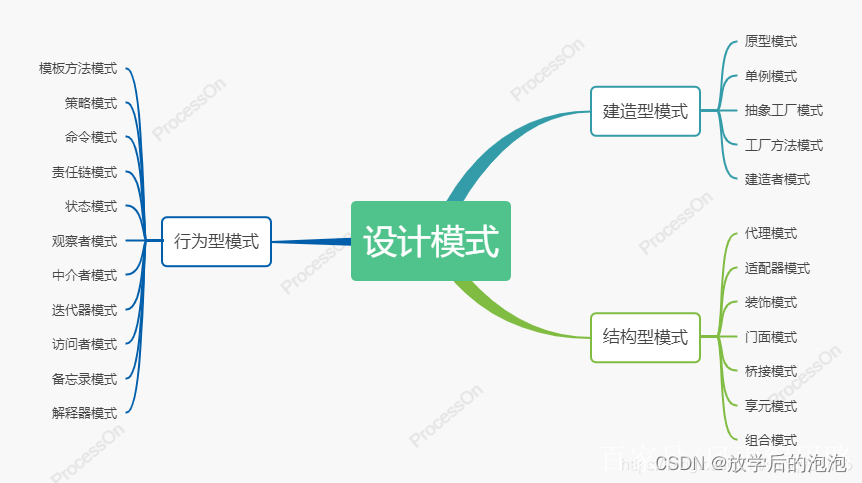

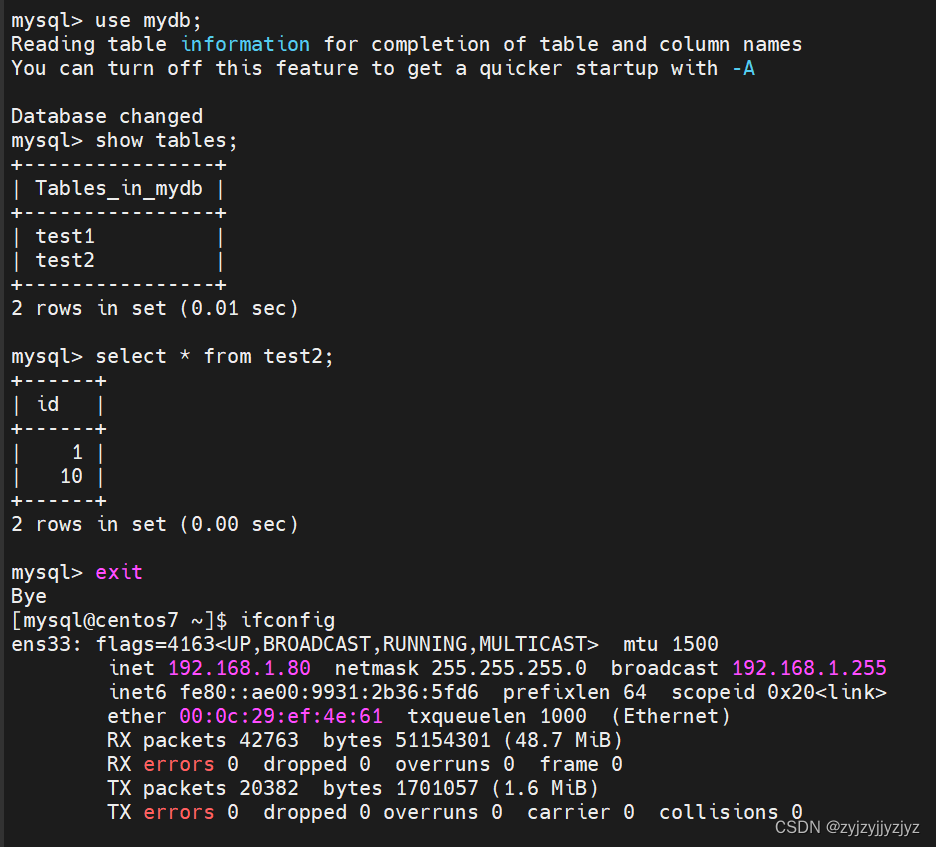
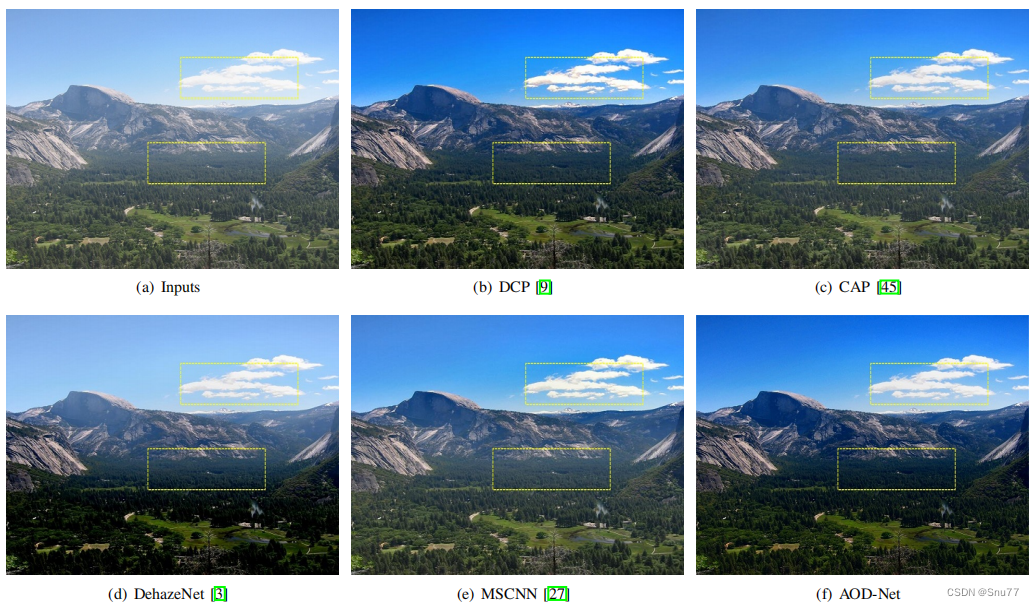

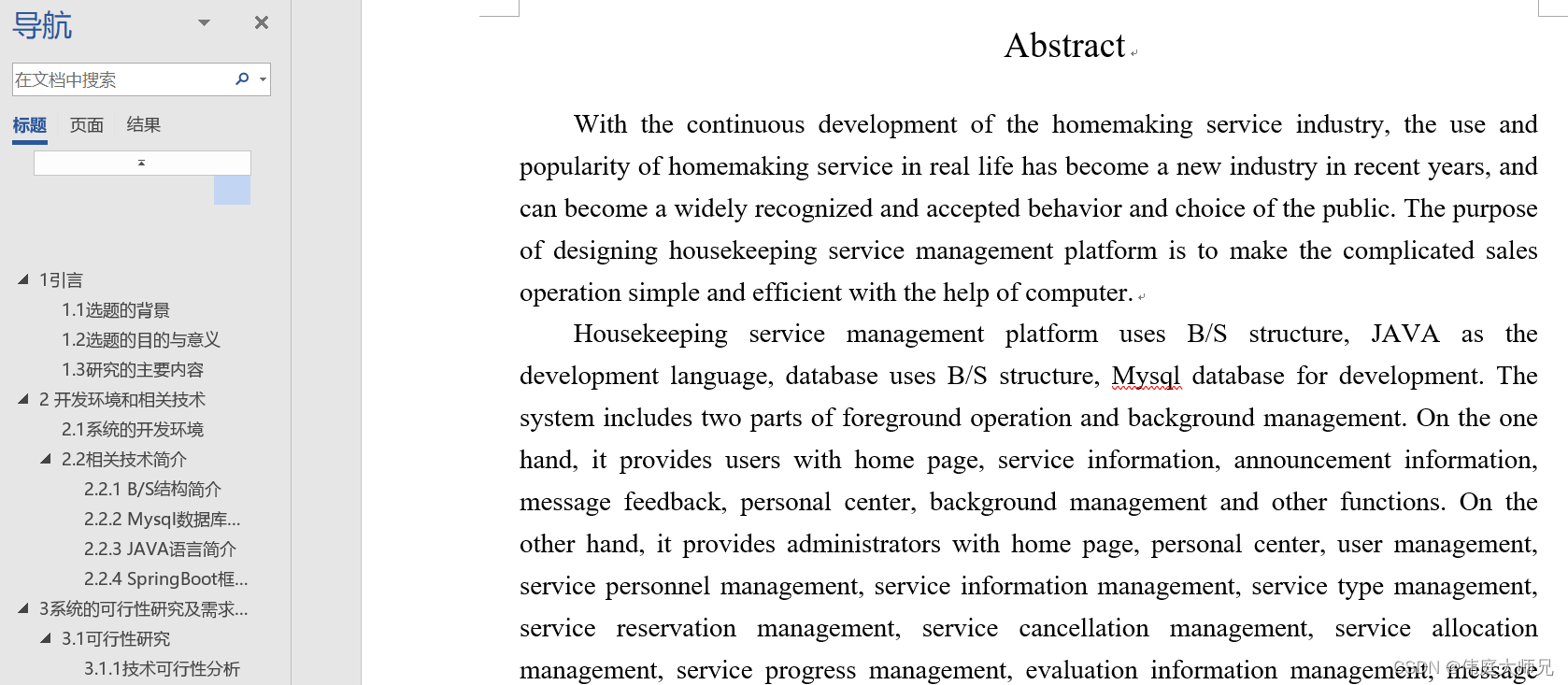


![[数据集][目标检测]手枪机枪刀检测数据集VOC+YOLO格式5990张3类别](https://img-blog.csdnimg.cn/direct/67517cf13266458bb35b97e98616704c.png)





